Head and Cervical Spine
1/47
There's no tags or description
Looks like no tags are added yet.
Name | Mastery | Learn | Test | Matching | Spaced |
|---|
No study sessions yet.
48 Terms
temporal fossa
just posterior to frontal lobe
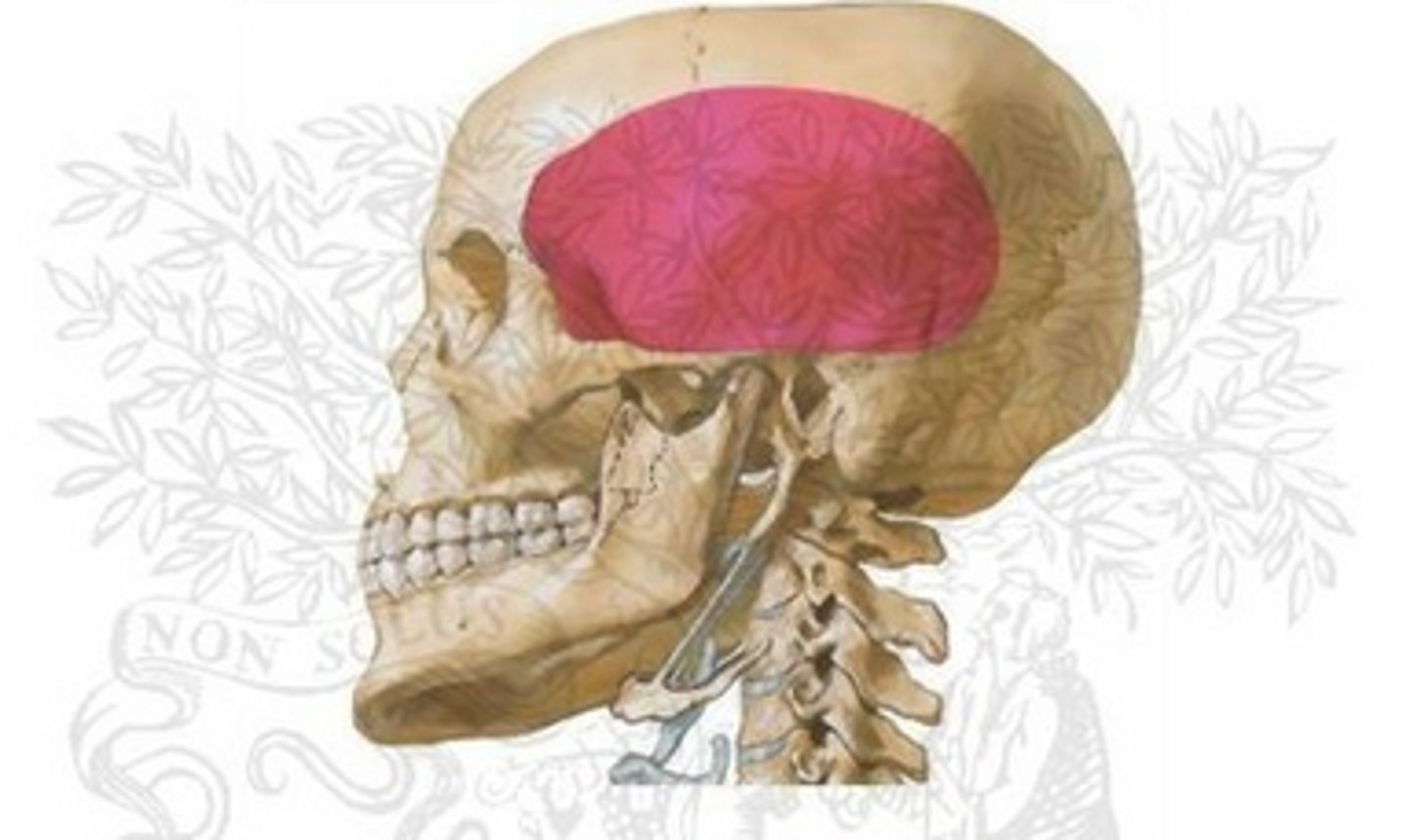
zygomatic arch
inferior from the temporal fossa and feel the bony contour from ear and follow medially to the nose
inferior to the eye socket
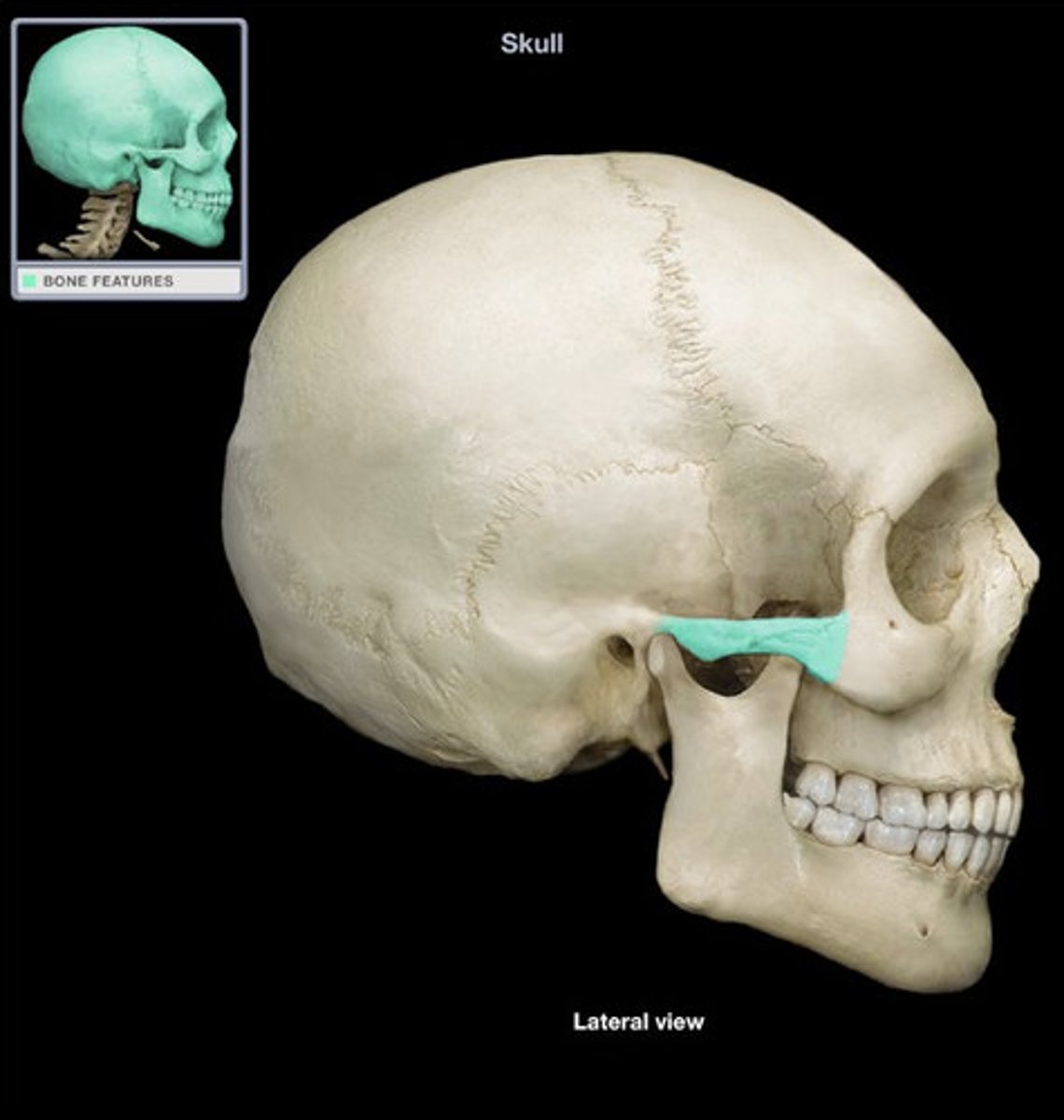
temporomandibular joint
palpate laterally by placing finger over joint just anterior to tragus of the ear
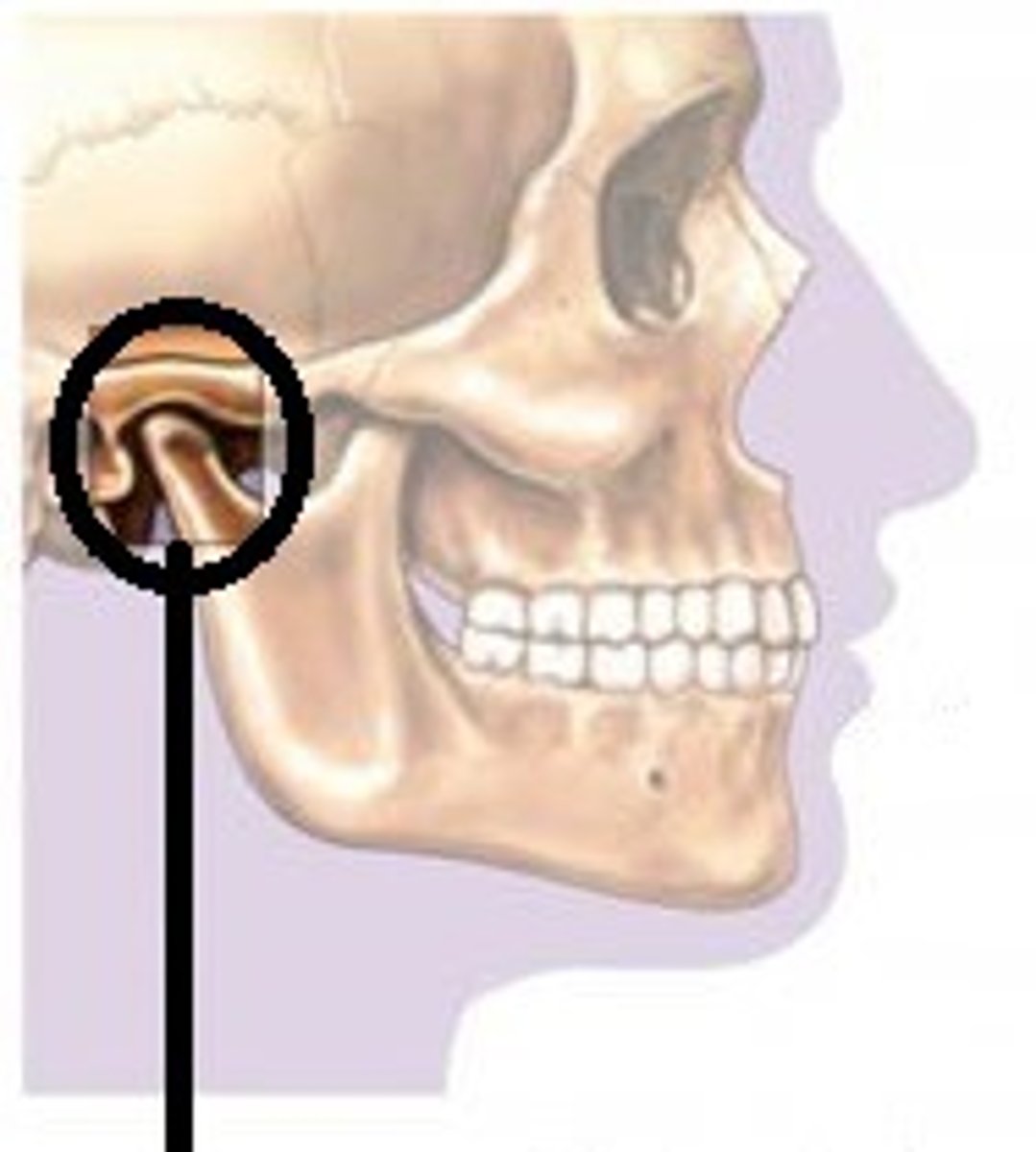
mandible
from TMJ, proceed inferiorly along the mandibular angle to the anterior portion
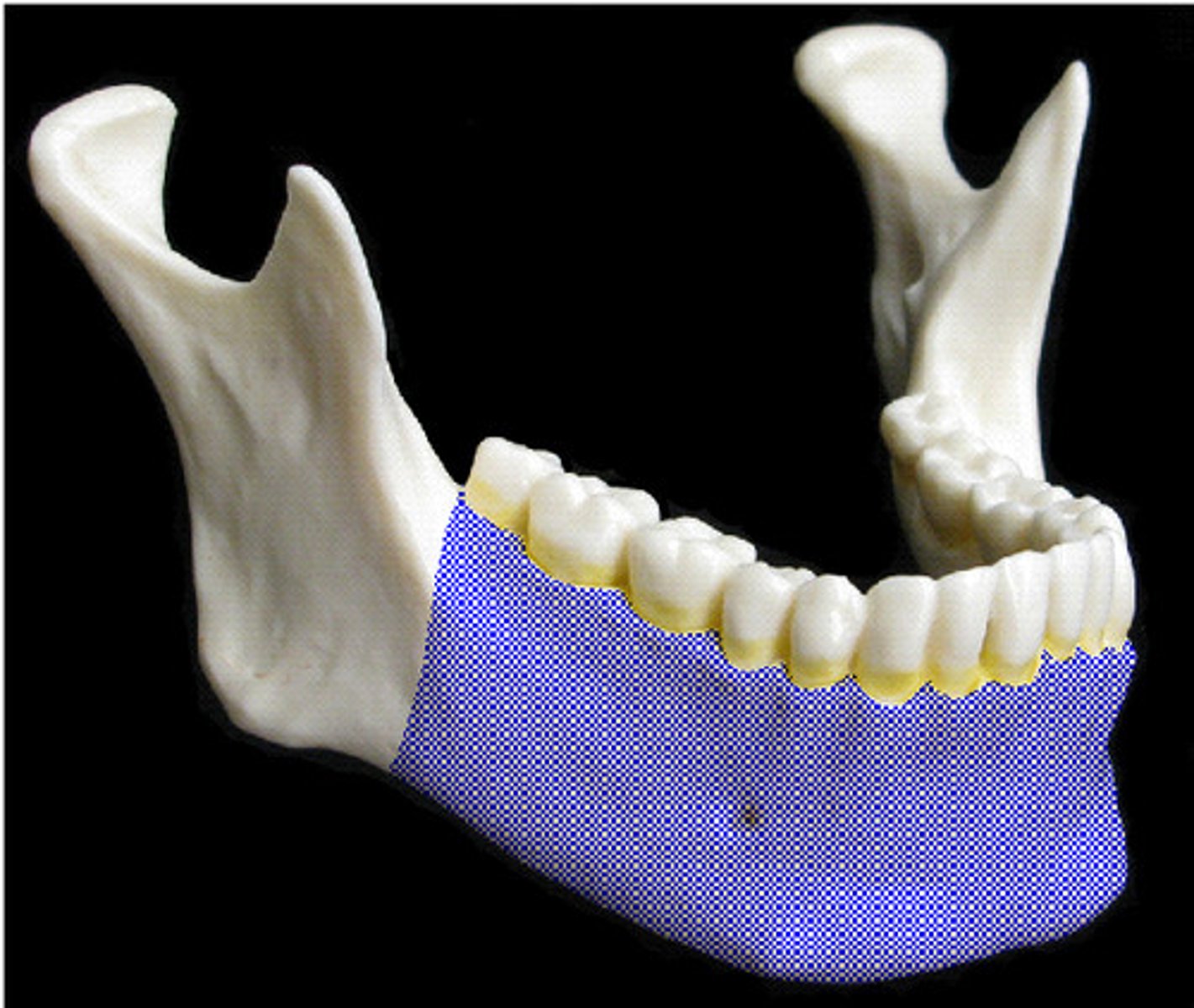
hyoid bone
inferior to the mandible, first bony prominence in anterior neck
at the level of C3
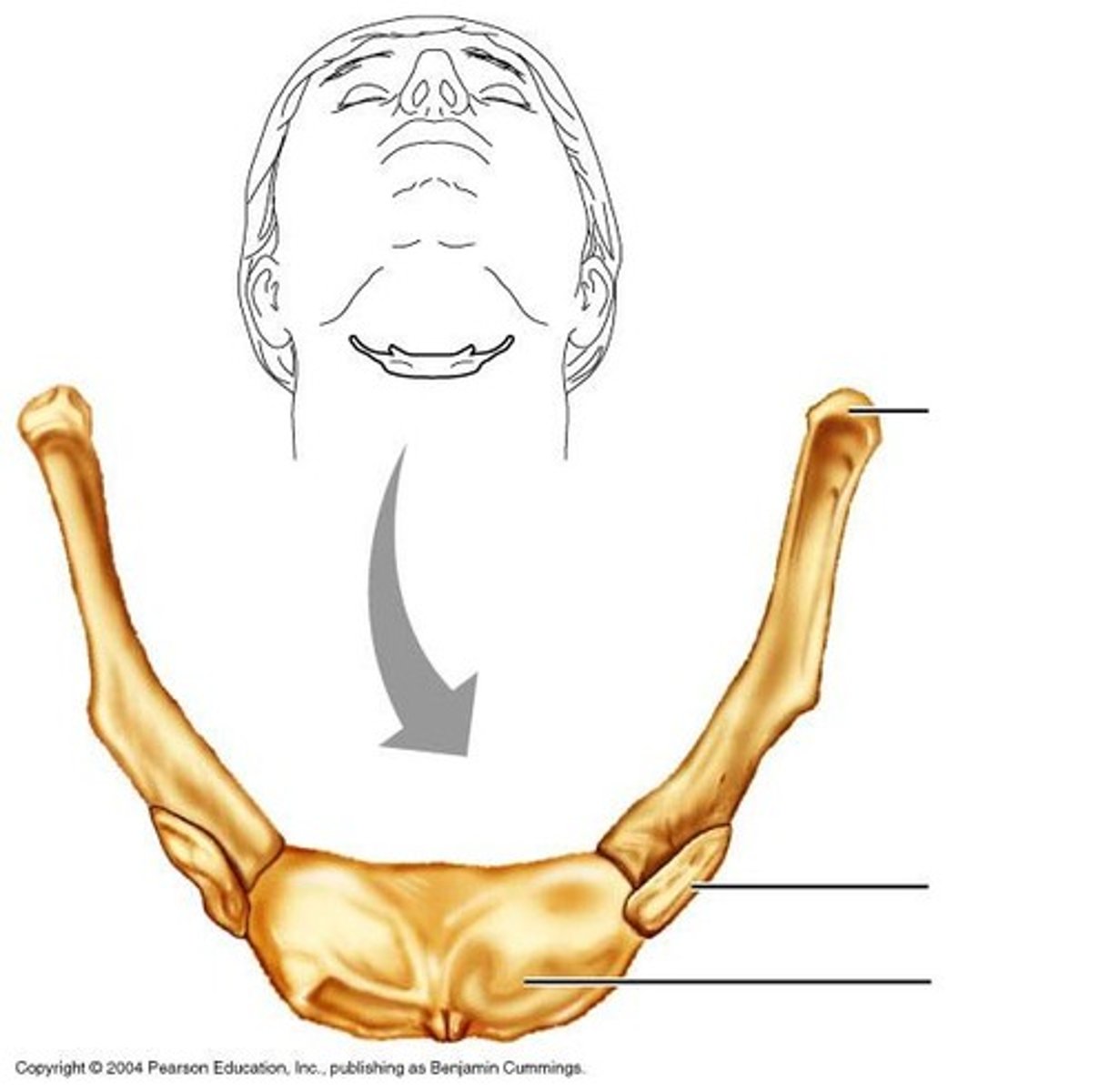
thyroid cartilage
just inferior to the hyoid bone
feel the superior notch at its midline
at the level of C4-C5
cricoid cartilage of the trachea
inferior to thyroid cartilage
palpate softly
at the level of C6
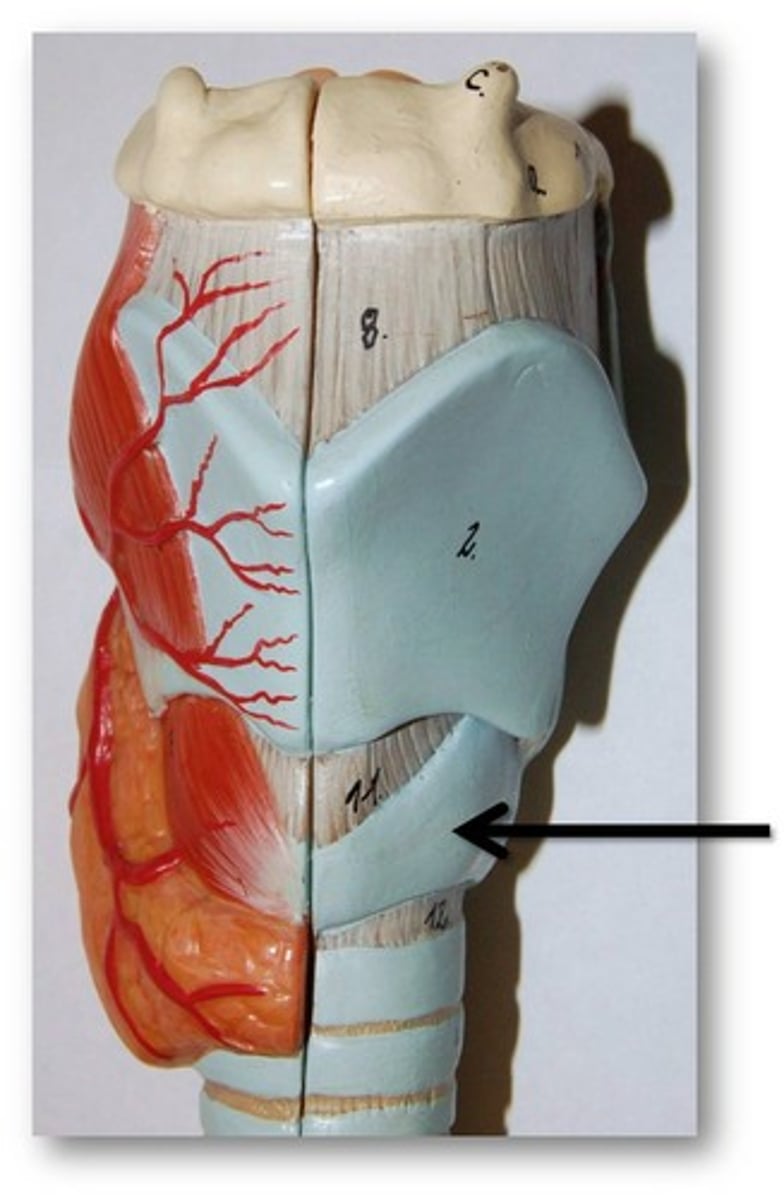
occipital protuberance
at the center of the occiput
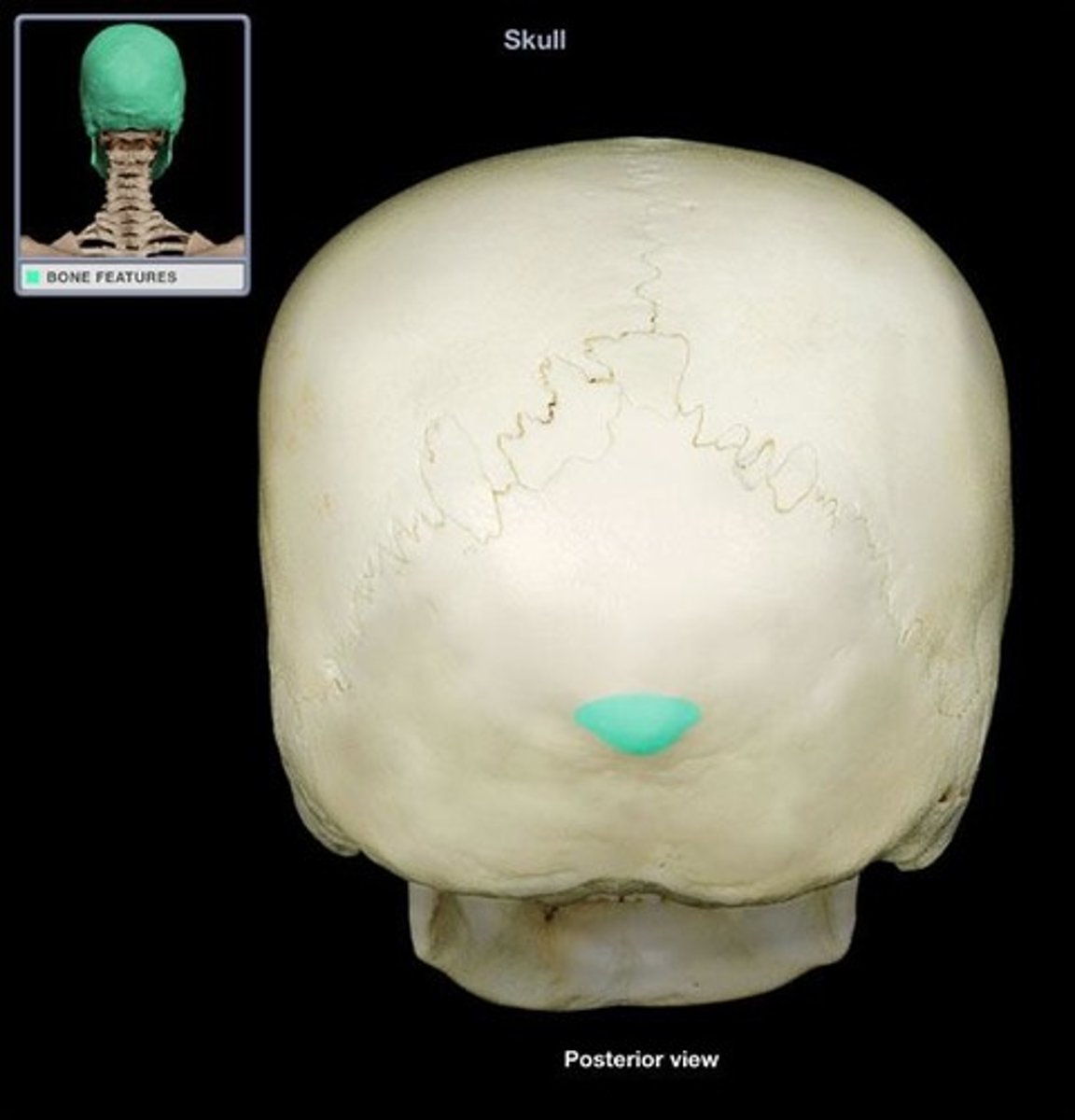
occiput
bony ridge along posterior aspect of cranium
mastoid process
large bony prominence just posterior to the ear
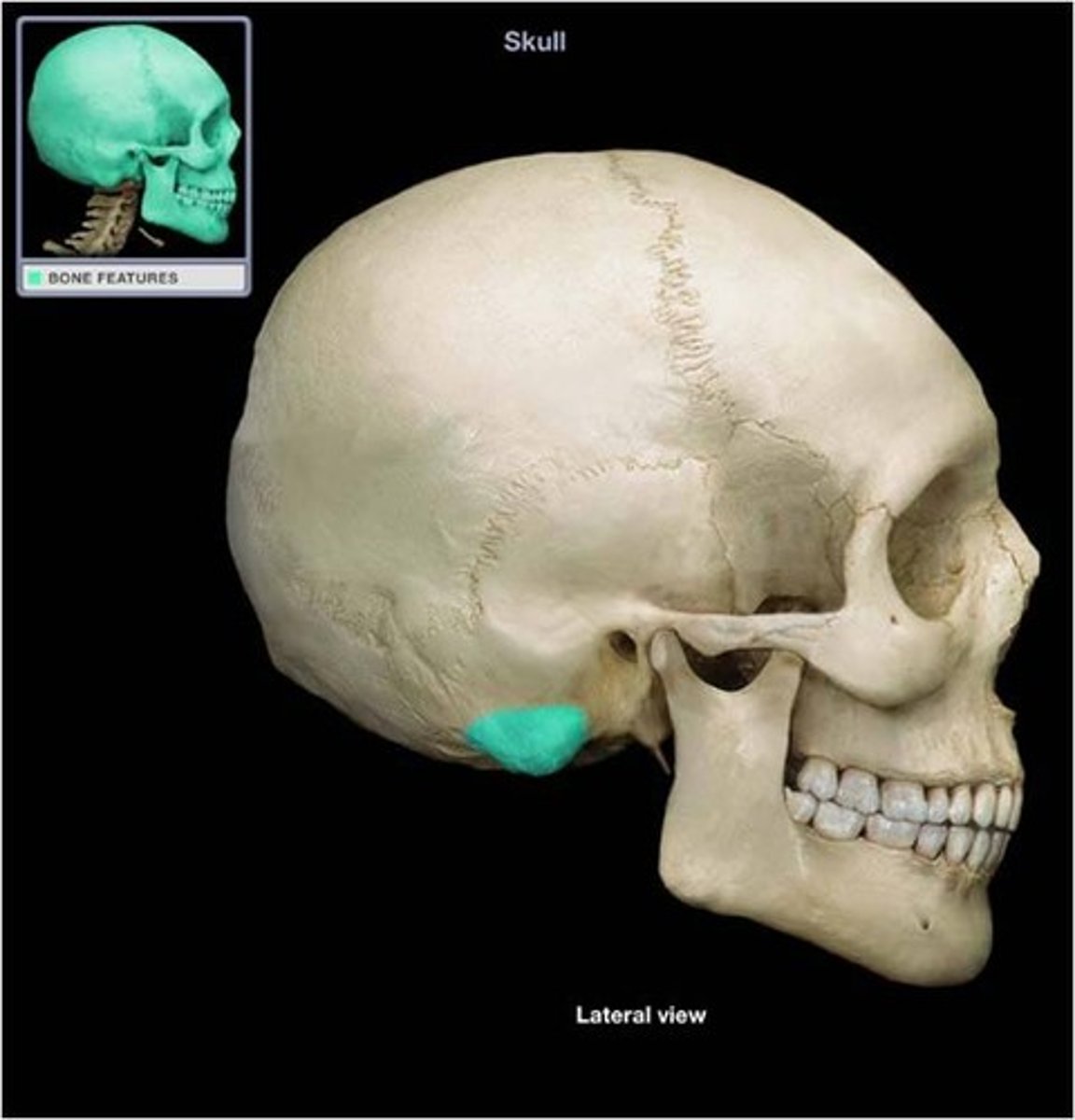
C1 transverse process
between the angle of the mandible and the mastoid process

C2 spinous process
first spinous process palpated inferior to the occipital protuberance
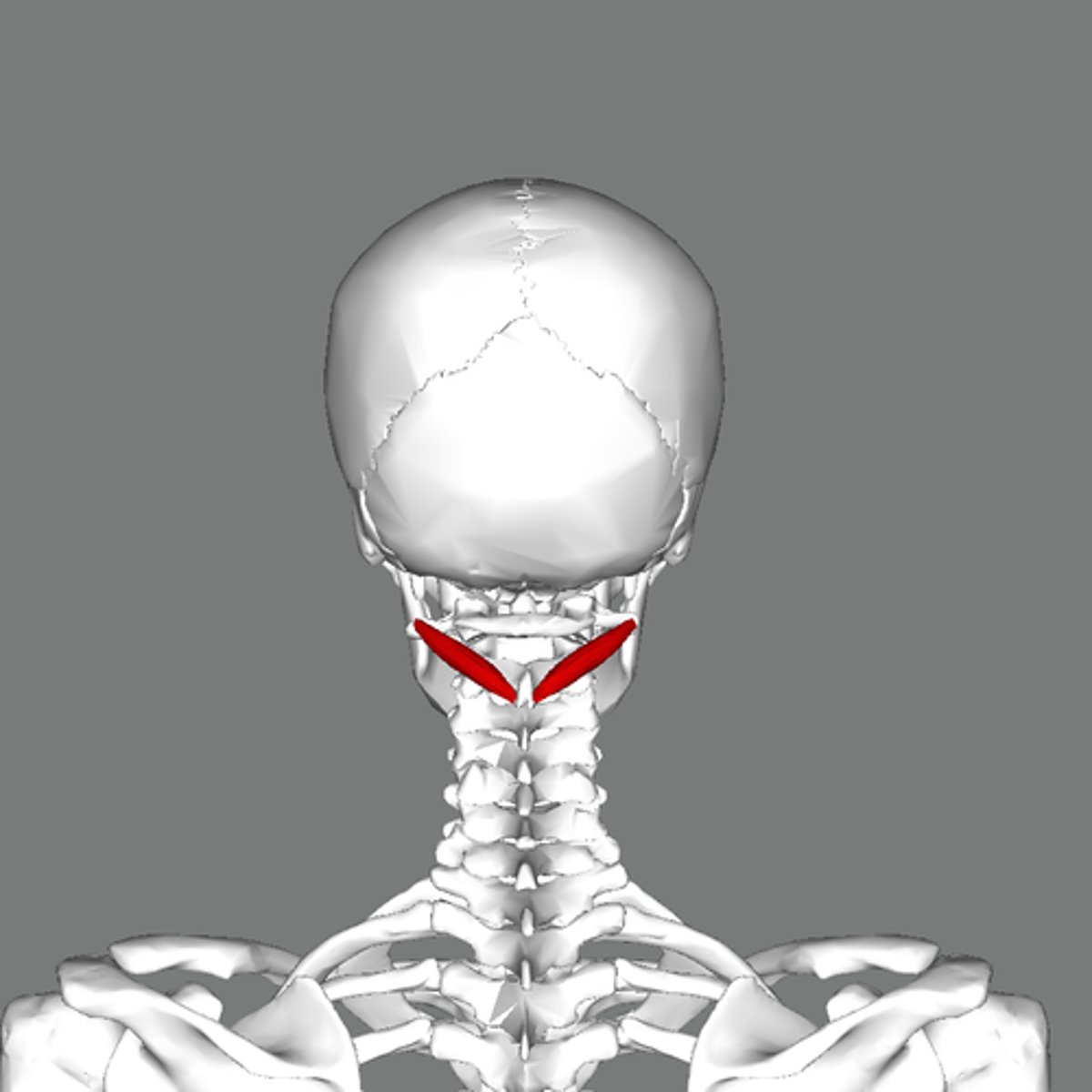
C3-C7 spinous process interspinous space
proceed inferior from C2 spinous process and palpate spinous process and interspinous process
ligamentum nuchae must be slack
C3,4,5 are not easily palpable due to the cervical spine lordosis
the facet joints are one finger off each spinous process
spinous process are in a line inferior to the occipital protuberance
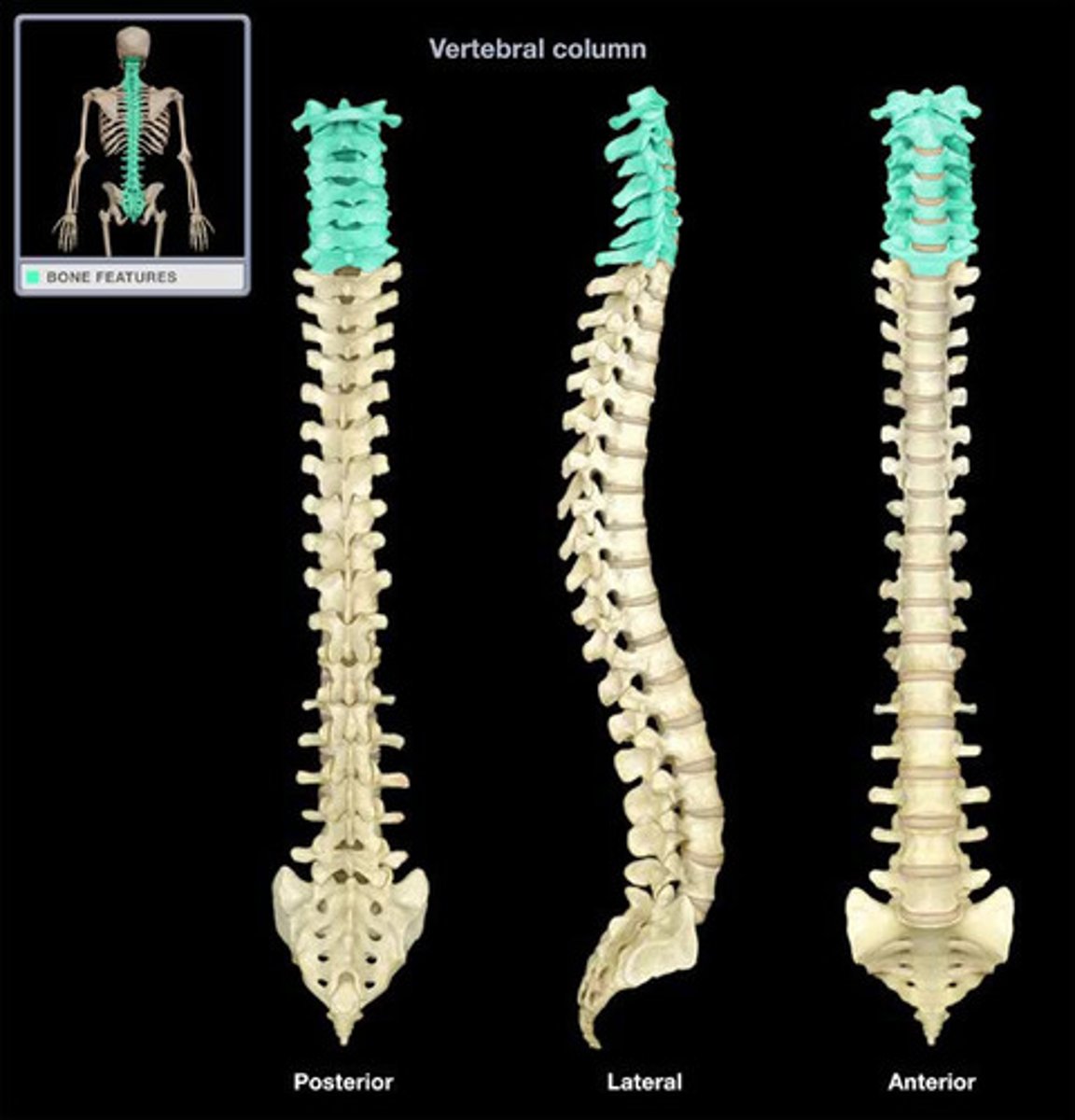
C2 through C5/C6 transverse process
difficult to palpate but realize the transverse levels are at the same level as the spinous process and run in line inferior from the mastoid process
C2-C7 lamina and cervical facet joints
AKA articular pillar
between the spinous process and the transverse process
T1 spinous process
most prominent spinous process inferior to C7
temporalis muscle
over the temporal fossa
have subject clench their teeth to palpate
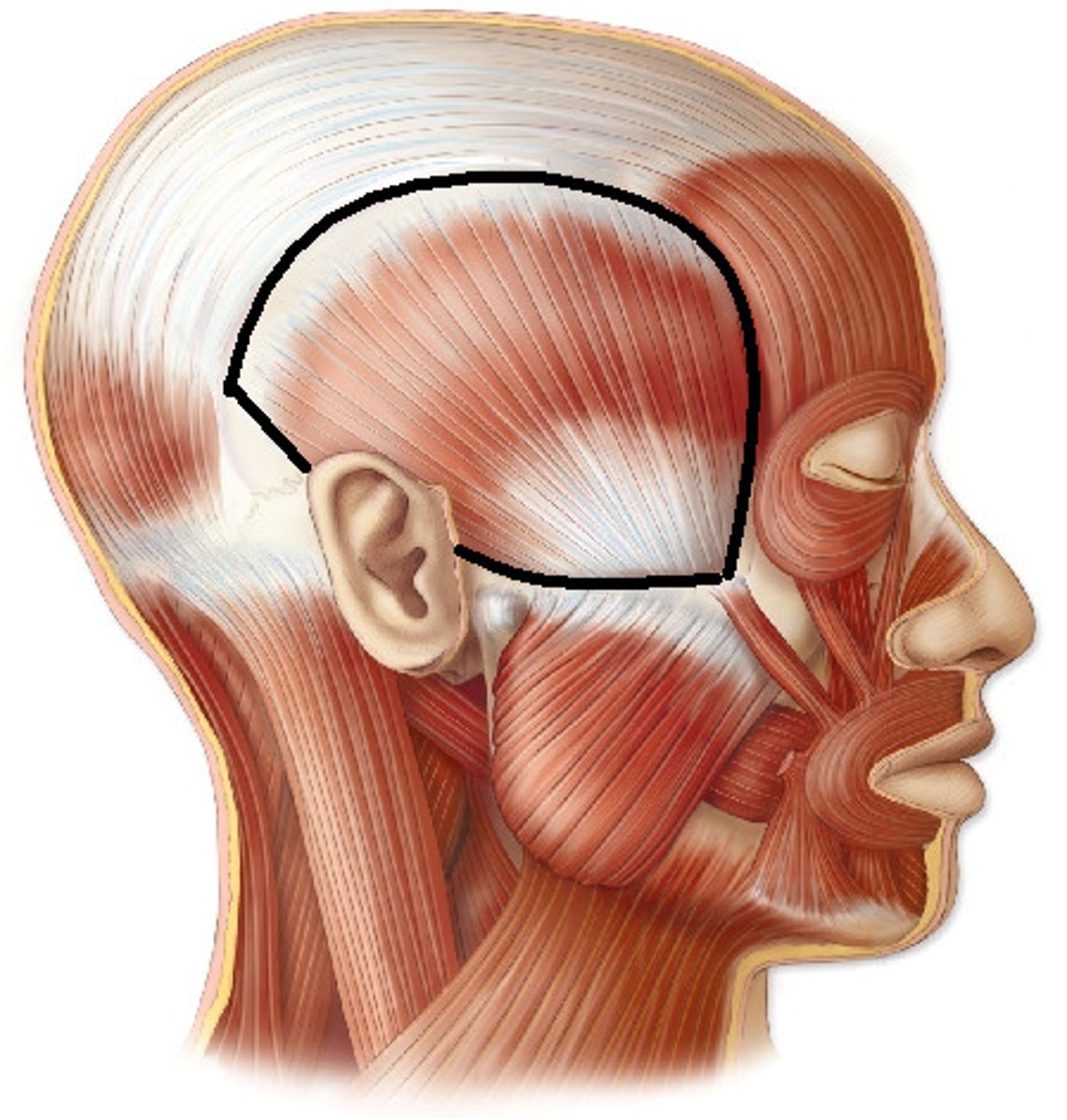
masseter muscle
inferior to the TMJ joint
have subject clench their teeth to palpate
anterior belly of the digastric muscles
located from the anterior portion of mandible to the hyoid bone
place finger in this region and have subject push tongue down and into teeth
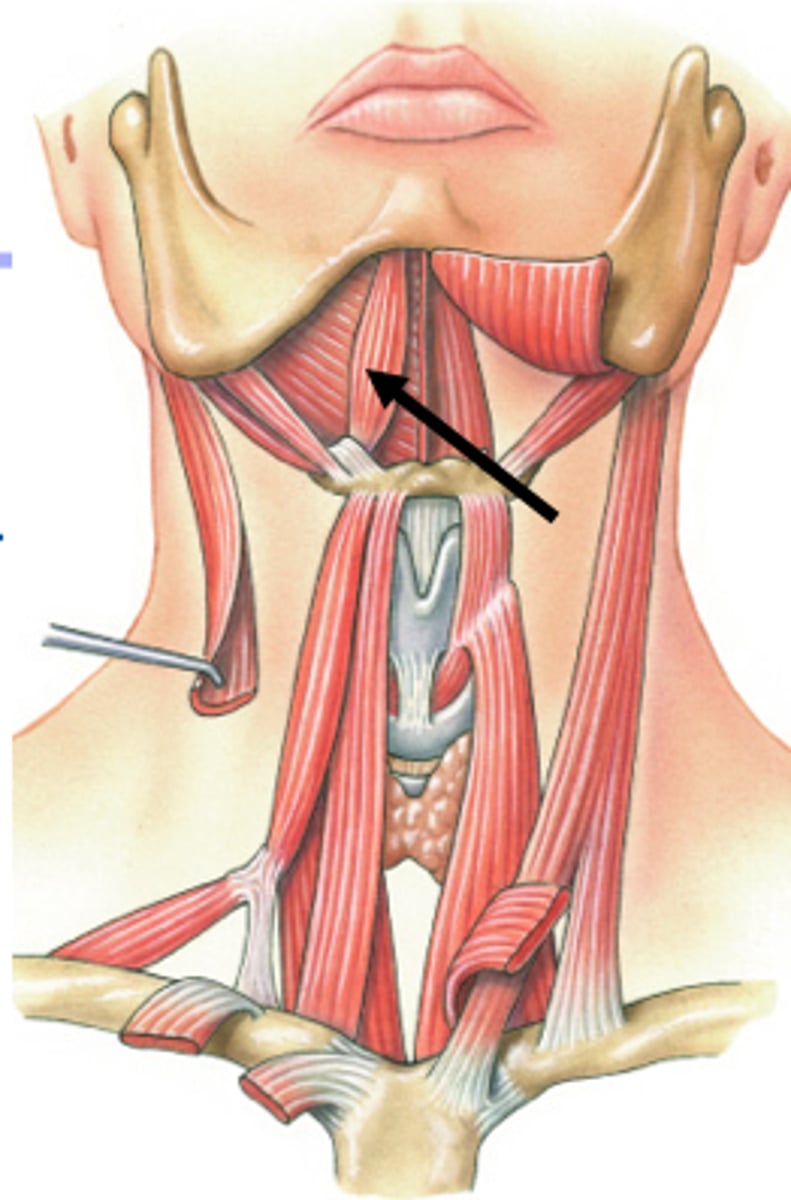
sternohyoid muscle
located from the hyoid bone to the superior portion of the sternum
just lateral to the trachea
difficult to palpate specific muscle so know location
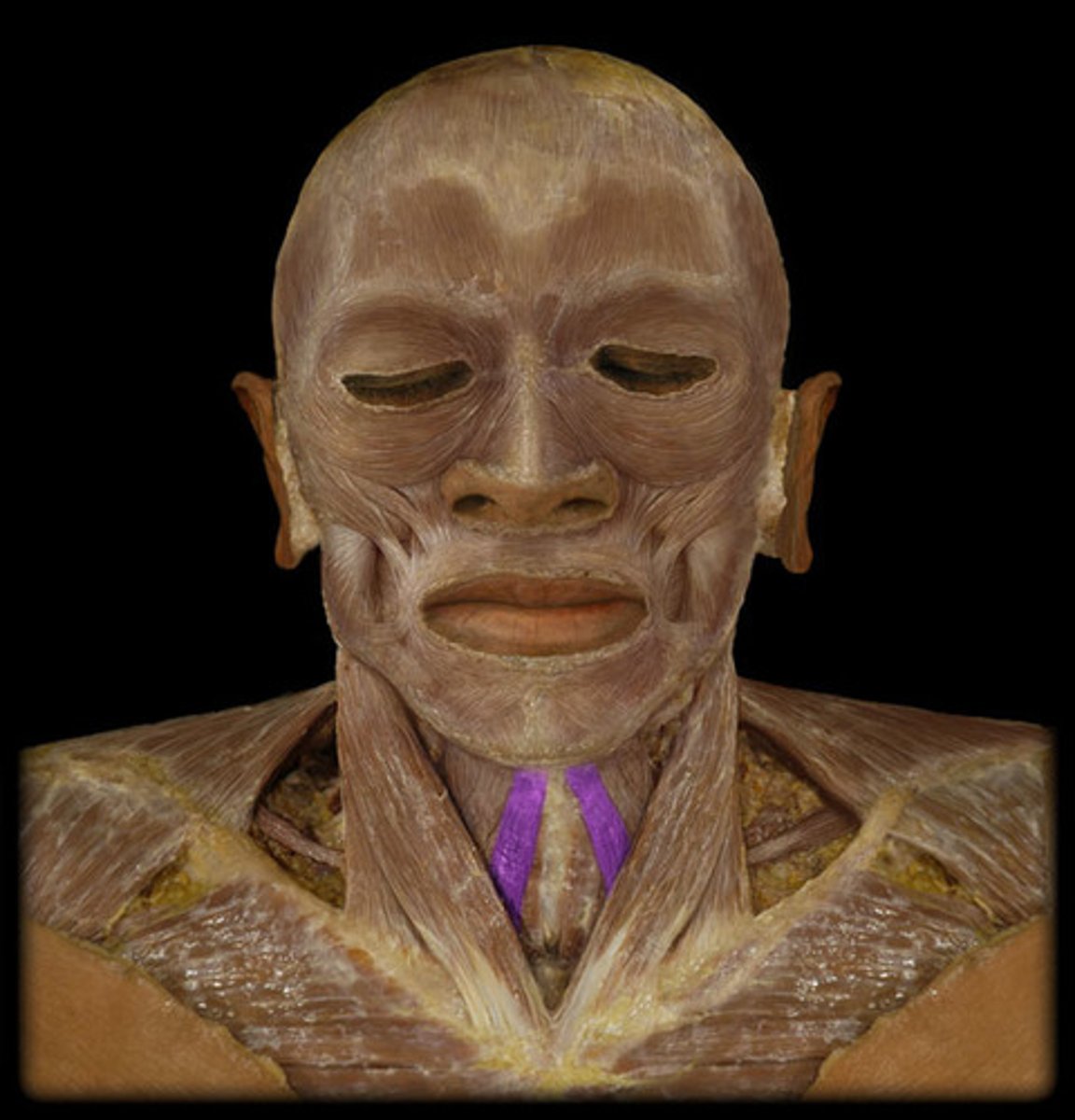
sternocleidomastoid muscle
palpate from mastoid process to the sternum and medial clavicle
two portions
have subject rotate and flex head to palpate SCM to opposite side
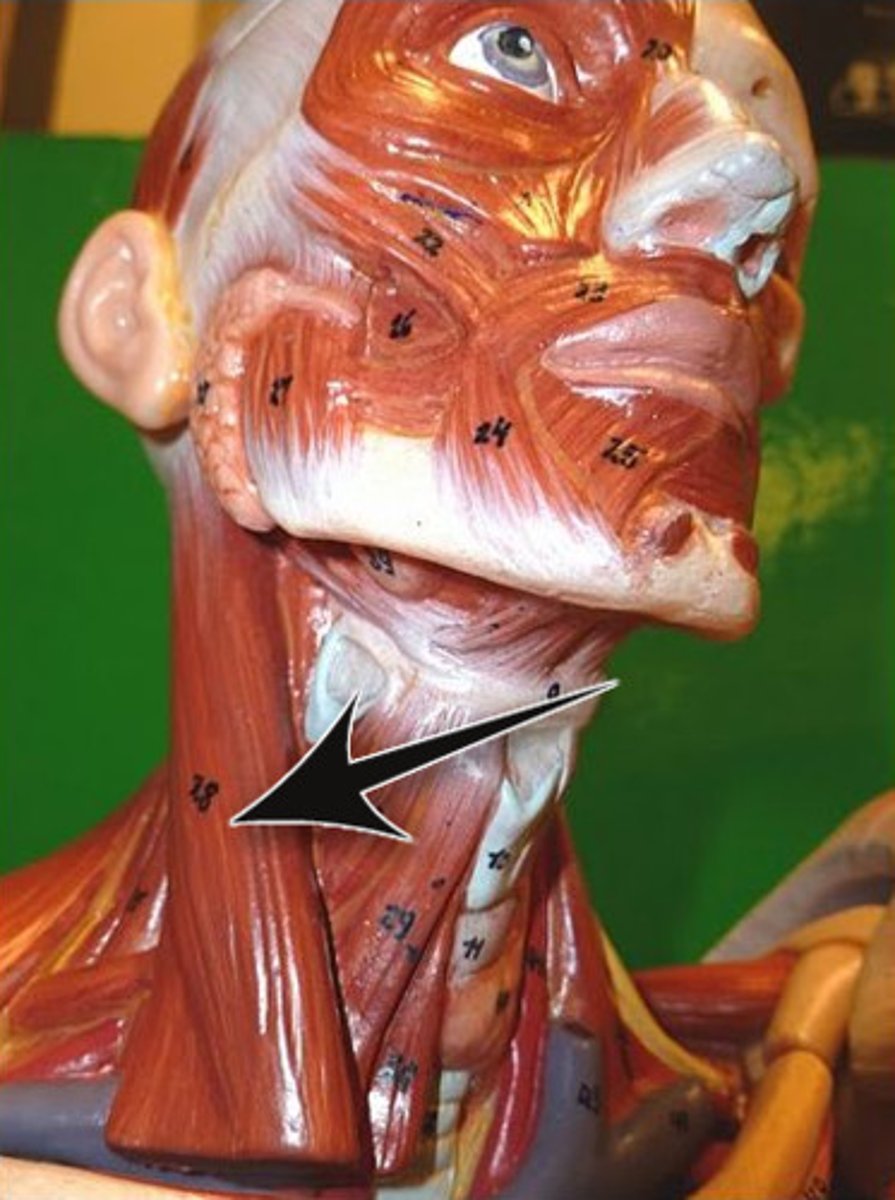
scalene muscles
anterior, middle, and posterior
palpate all three muscle posterior to the SCM
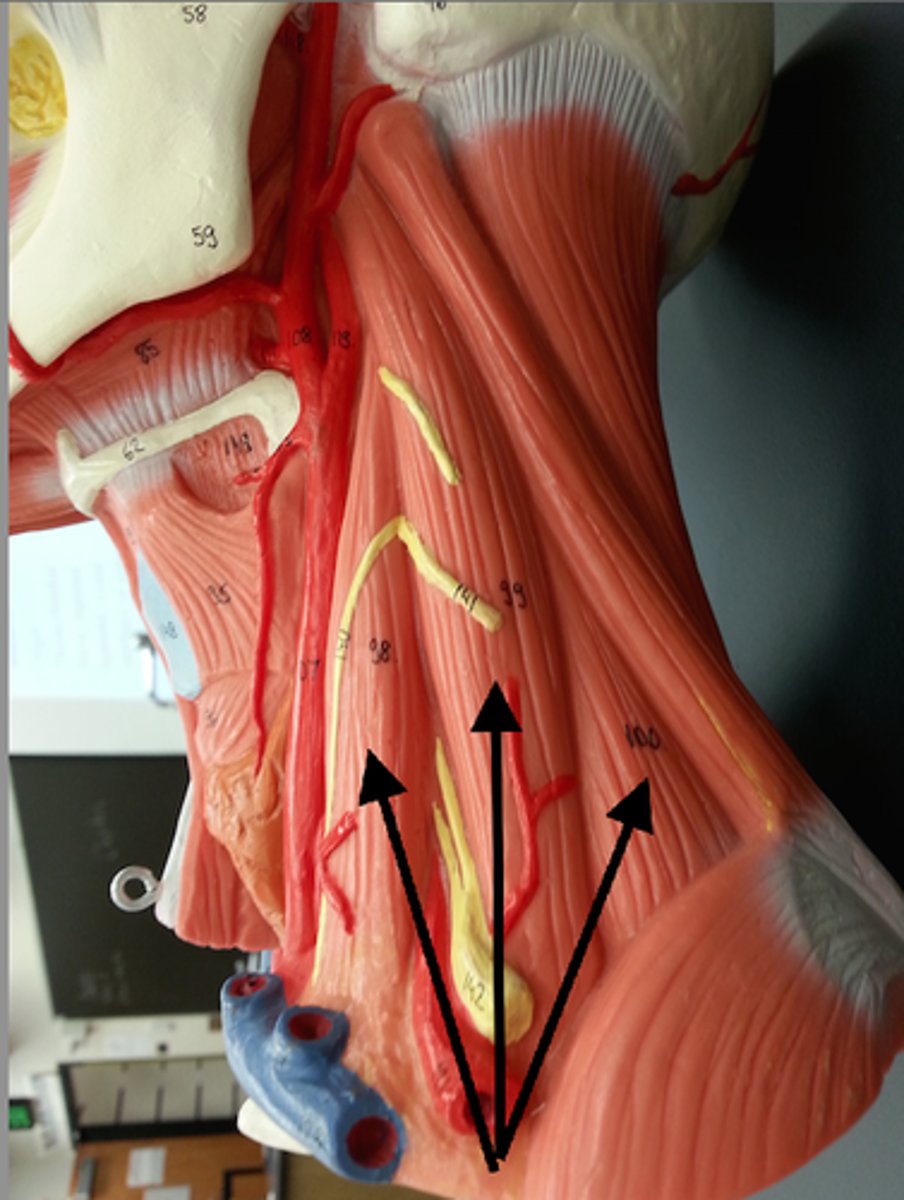
carotid artery pulse
lateral to the trachea
medial to the SCM
palpate one side at a time
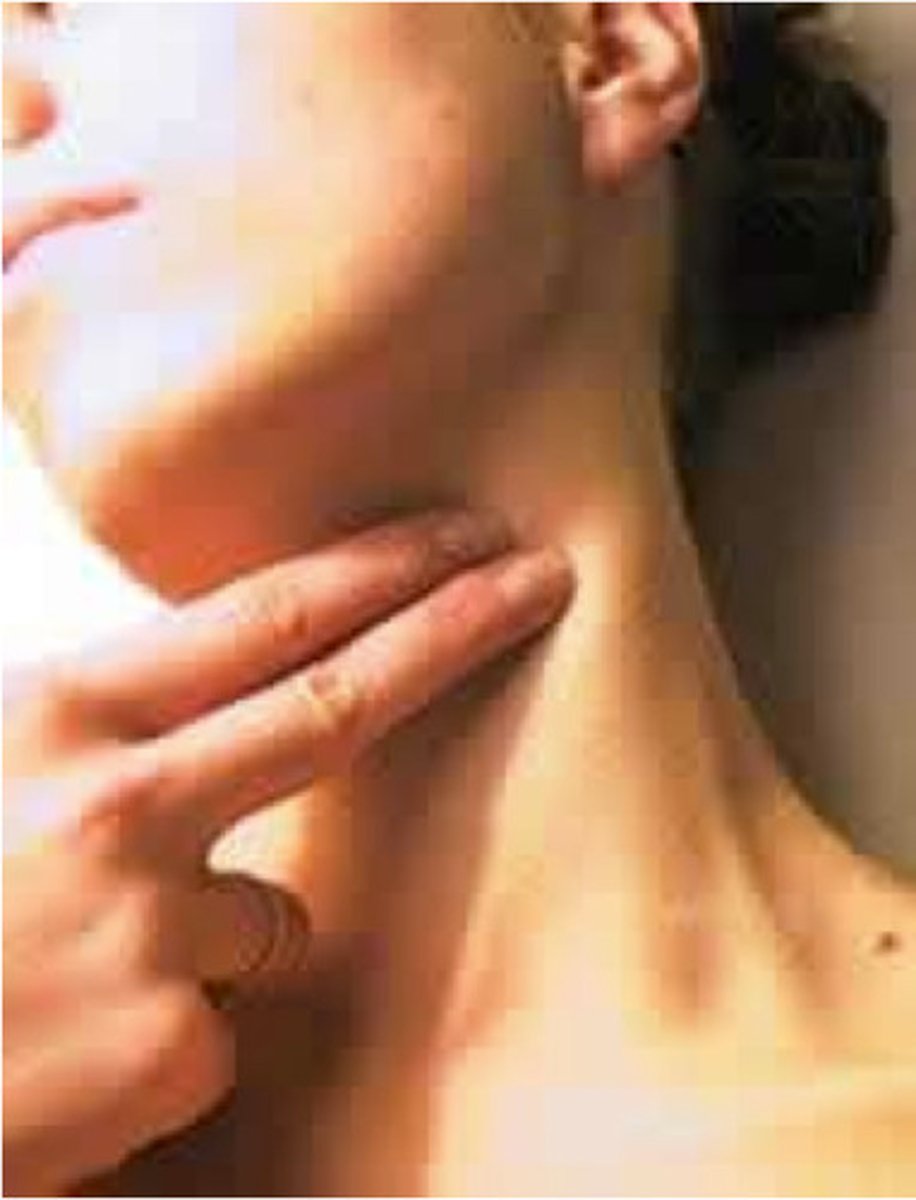
external jugular vein
runs superficial to the SCM
lymph nodes of the neck
medial and lateral to the SCM
will only be able to feel if there is an infection
thyroid gland
inferior to cricoid cartilage
will only be able to feel if there is a condition that affects the thyroid gland
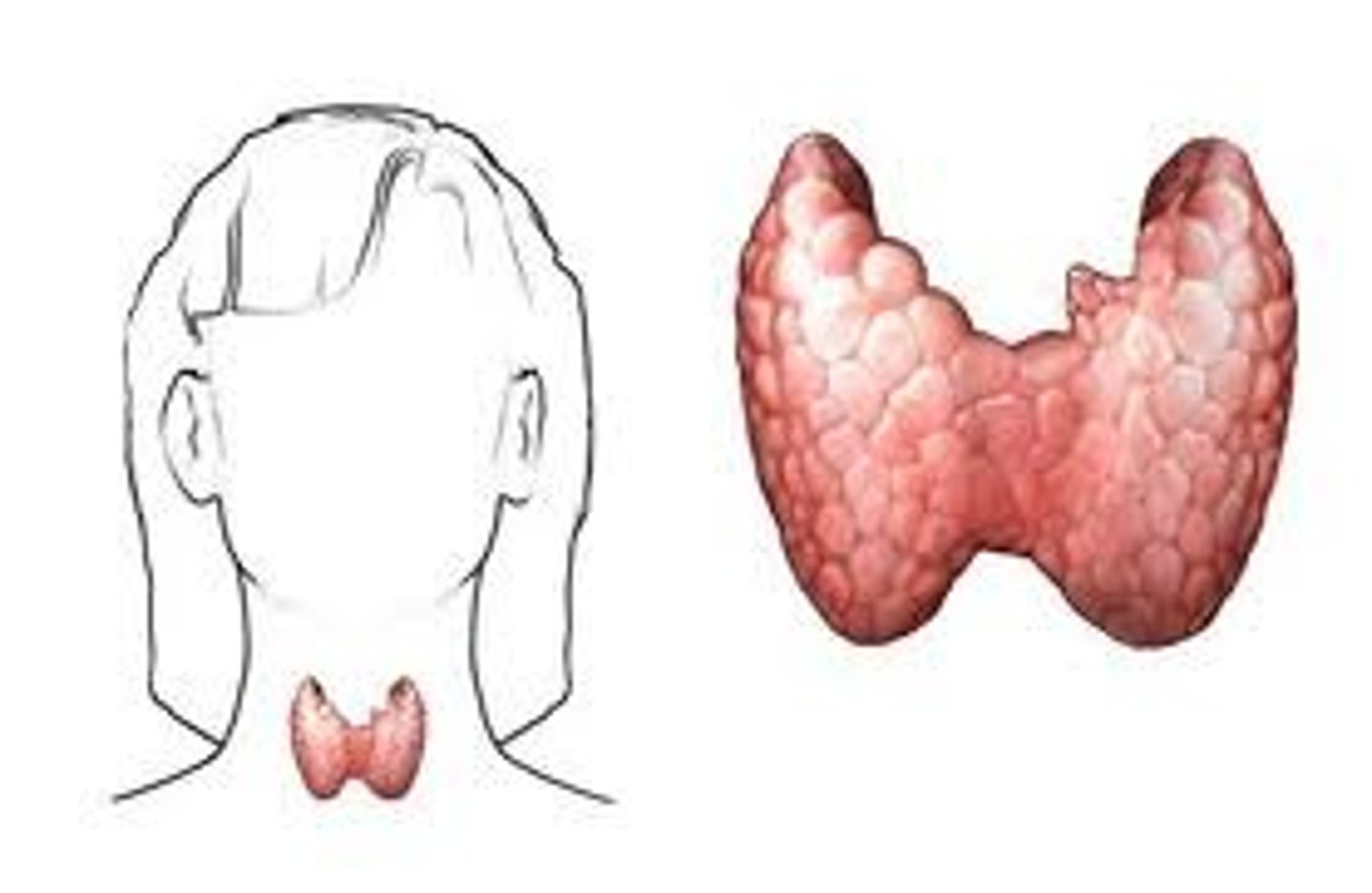
ligamentum nuchae
very thick ligament over the cervical spinous process
easy to palpate when cervical spine is flexed (subject tucks the chin)
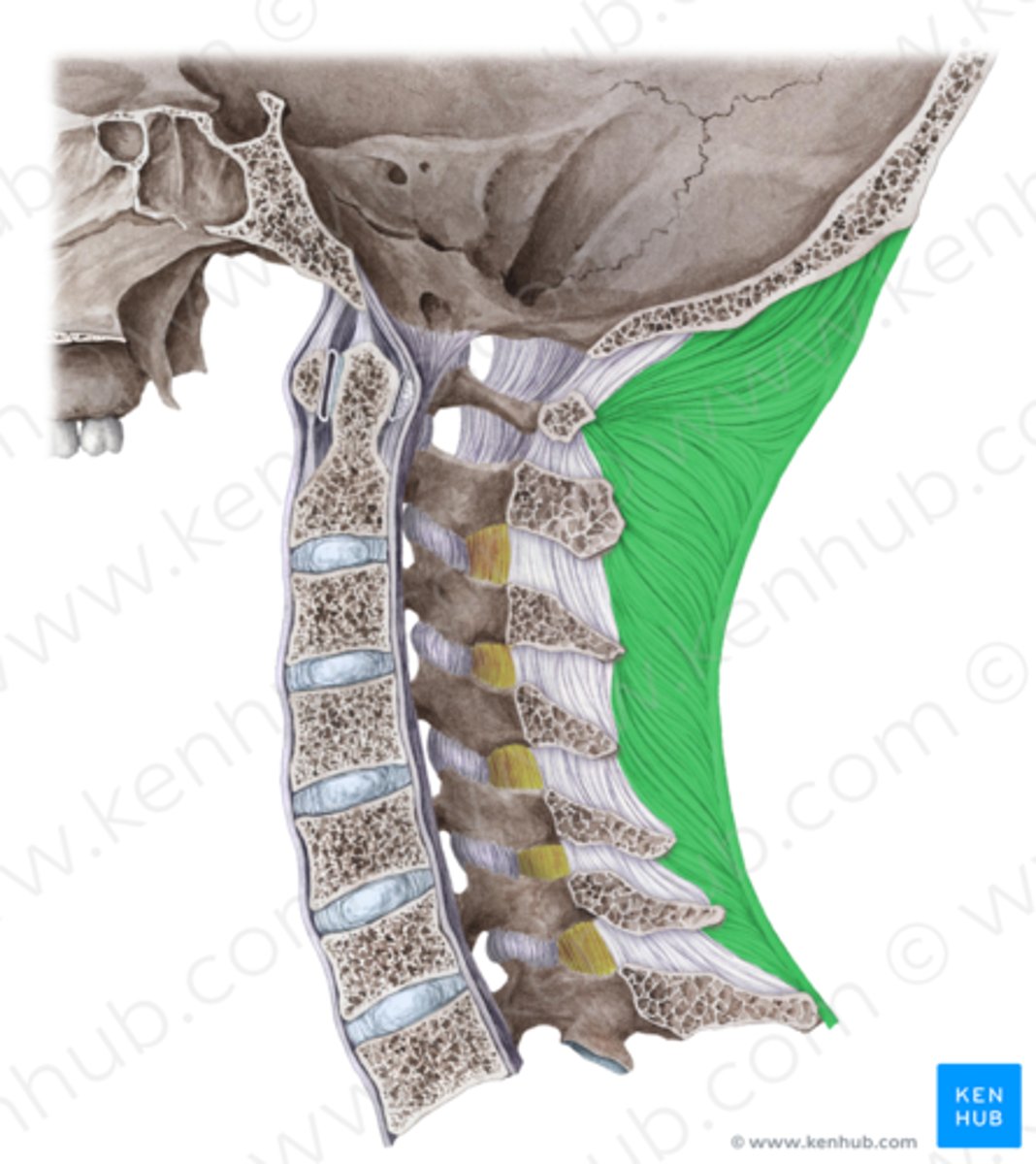
suboccipital muscles
significant amount of muscle in the subocciptal space
unable to differentiate between specific muscles
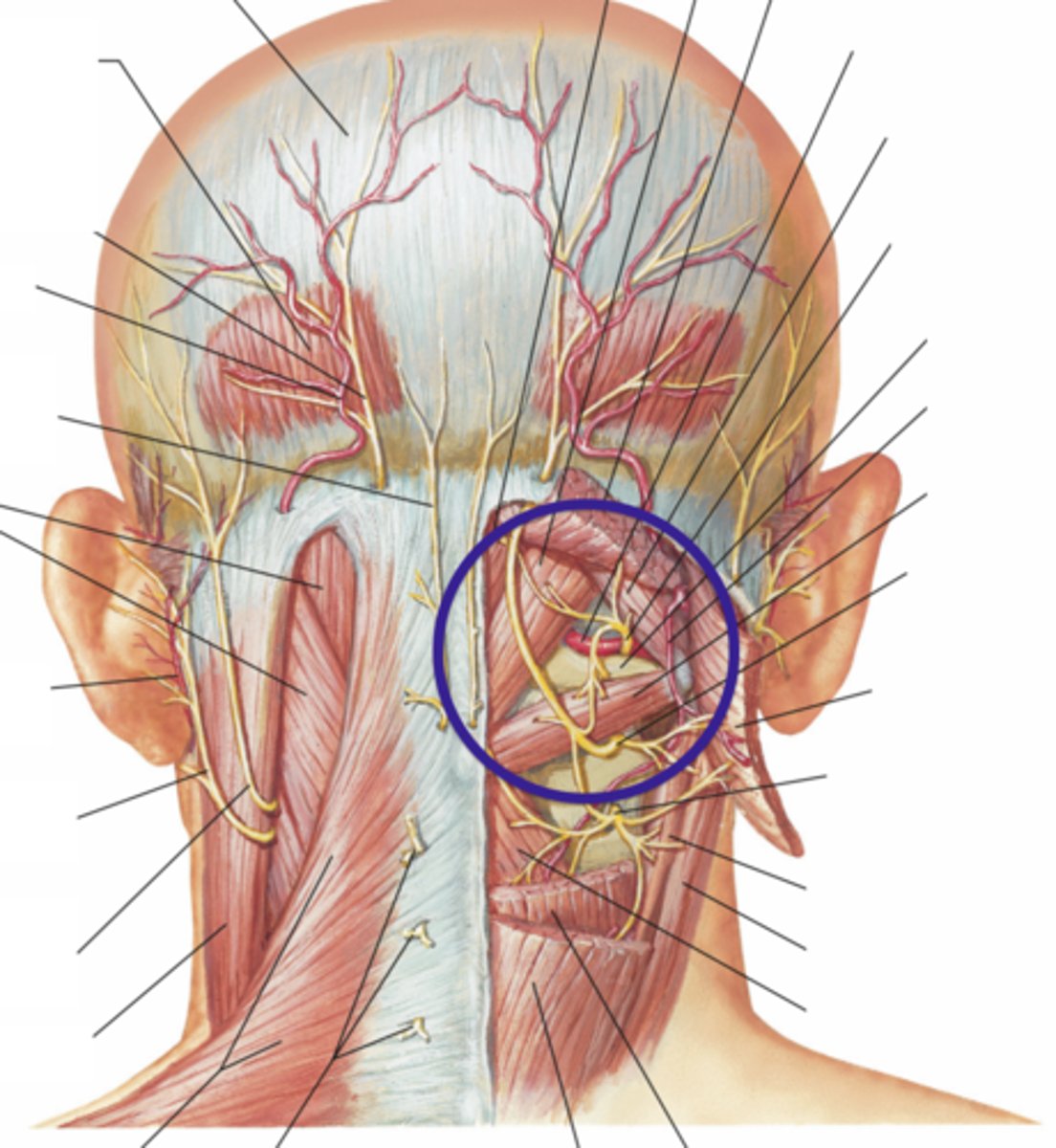
splenius captius cervicis
muscles on either side of the cervical spine
unable to differentiate between specific muscles
semispinalis capitus
muscles on either side of the cervical spine
unable to differentiate between specific muscles
cervical spine functional movements
cervical rotation with flexion to right and left
cervical rotation with extension to right and left
straight plane gross motion assessment
cervical-thoracic flexion
cervical-thoracic extension
cervical-thoracic rotation to right and left
cervical-thoracic lateral flexion (side-bending) to the right and left
neck flexion/extension with inclinometer
subject position: sitting or standing
inclinometer over the crown of the head in line with tragus of the ear
compensations for neck flexion/extension
flexion through lumbar spine
neck lateral flexion (side bending) with inclinometer
subject position: sitting or standing
inclinometer over the crown of the head in line with occipital protuberance from posterior or nose from anterior
norms for neck lateral flexion
0-45
compensations for neck lateral flexion
side bending the whole trunk
trunk rotation
neck lateral flexion with goniometer
subject position: sitting or standing
axis: C7 spinous process
stationary arm: down the thoracic spine, perpendicular to the floor
moveable arm: occipital protuberance
neck rotation with goniometer
subject position: sitting
axis: center of cranium
stationary arm: in the sagittal plane
moveable arm: tip of the nose
norms for neck rotation
0-60
compensations for neck rotation
whole trunk rotation
cervical spine flexion MMT
grade 3/5-5/5 only
muscles: all neck flexors
subject position: supine with head on table
stablize: none
movement: raise head off table moving chin to chest
resistance: hand over forehead with other hand under the head
deep cervical spine flexors MMT
'alternative test": 3/5-5/5 only
isolates deep neck flexor muscles
patient position: supine with head on table
movement: keep head on table and bring chin to chest
stablize: none
resistance: both hands underneath chin surface
cervical flexion with rotation
grade 3/5-5/5 only
isolates the sternocleidomastoid
patient position: supine with head on table
movement: rotate head to one side and raise head off table
stablize: none
resistance: hand over the temporal region with other hand under the head: applying in direction of muscle
cervical spine extension
grade 3/5-5/5 only
muscles: all neck extensors
patient position: prone with head on table, towel or hands
movement: raise head as if looking at the wall
stablize: none
resistance: hand over the occiput with other hand under the head/chin
deep neck flexor endurance test
subject is supine: therapist passively flexes the upper cervical spine (tucks chin) then lifts head off table approx one inch
therapist asks subject to hold that position as they bring their hand away
test is completed when subject can no longer maintain chin tuck, head drops to table or subject experiences pain
norms for deep flexor endurance test
males: 38 +/- 20 sec
females: 29 +/- 13 sec
cervical extensor endurance test
subject is prone with forehead supported by towel: therapist passively tucks the subjects chin and raises head off table about 1-2 inches
therapist asks to hold that position
test is completed when: subject can no longer maintain chin tuck, head drops to table, extends neck or experiences pain
goal= 20-30 seconds